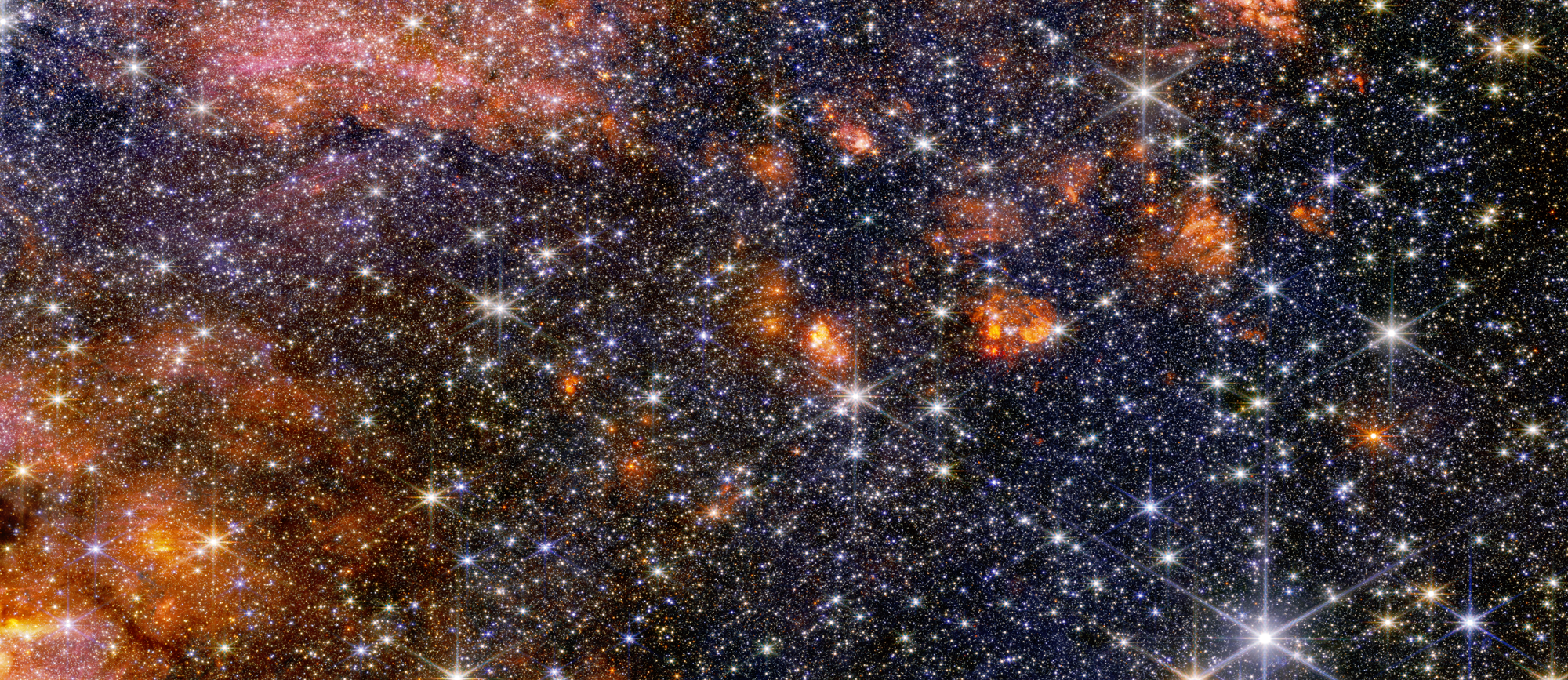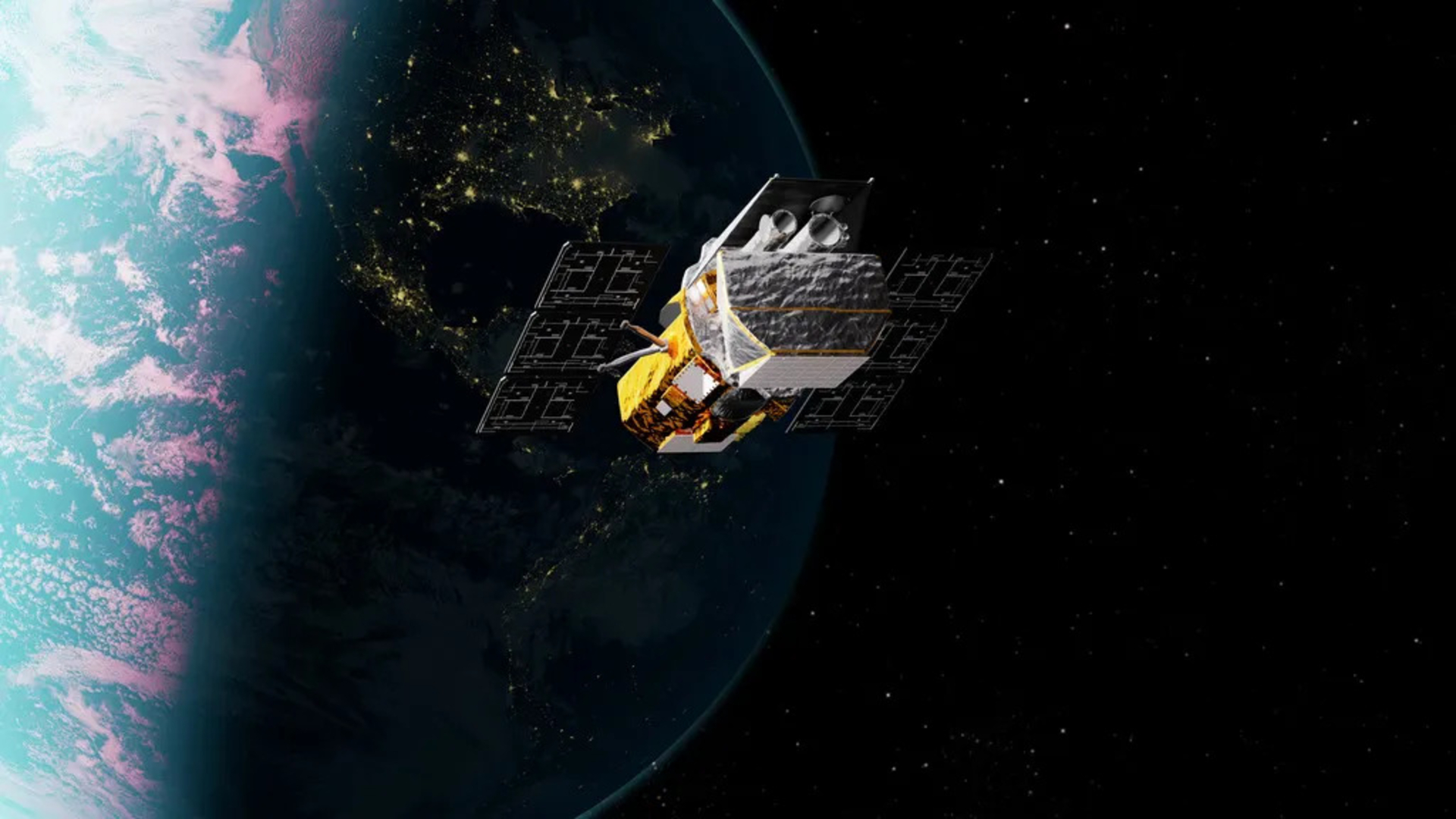Engineers have designed a spacecraft that could take up to 2,400 people on a one-way trip to Alpha Centauri, the star system closest to our own. The craft, called Chrysalis, could make the 25 trillion mile (40 trillion kilometer) journey in around 400 years, the engineers say in their project brief, meaning many of its potential passengers would only know life on the craft.
Chrysalis is designed to house several generations of people until it enters the star system, where it could shuttle them to the surface of the planet Proxima Centuri b — an Earth-size exoplanet that is thought to be potentially habitable.
The project won first place in the Project Hyperion Design Competition, a challenge that requires teams to design hypothetical multigenerational ships for interstellar travel.
Life on the Chrysalis
Before boarding the ship, the Chrysalis project would require initial generations of ship inhabitants to live in and adapt to an isolated environment in Antarctica for 70 to 80 years to ensure psychological wellbeing. The ship could theoretically be constructed in 20 to 25 years and retains gravity through constant rotation.
The vessel, which would measure 36 miles (58 km) in length, would be constructed like a Russian nesting doll, with several layers encompassing each other around a central core. The layers include communal spaces, farms, gardens, homes, warehouses and other shared facilities, each powered by nuclear fusion reactors.
The core in the center of the vehicle hosts the shuttles that could bring people to Proxima Centuri b, as well as all of Chrysalis’ communication equipment.
Related: Will we ever reach Alpha Centauri, our closest neighboring star system?
The layer closest to Chrysalis’ core is dedicated to food production, nurturing plants, fungi, microbes, insects and livestock in controlled environments. To preserve biodiversity, different environments including tropical and boreal forests would be maintained.
The second level from the center provides communal spaces, like parks, schools, hospitals and libraries, for the ship’s inhabitants. The next shell would then hold dwellings for individual households, equipped with air circulation and heat exchangers.

Work happens on the next level up, where there are facilities for industries ranging from recycling to pharmaceuticals to structural manufacturing. The fifth and outermost shell would serve as a warehouse for varied types of resources, materials, equipment and machinery. The Chrysalis’ designers suggest that robots could run this level, reducing the need for human physical labor.
Births would be planned in Chrysalis to ensure the population stays at a sustainable level, which the research team determined to be about 1,500 people — 900 people less than the ship’s total capacity.
Those responsible for the ship’s governance would collaborate with artificial intelligence, “allowing for resilience of the whole social system, better knowledge transfer between the different generations of inhabitants and a deeper vision of the overall dynamics of the Chrysalis spaceship complex,” the project engineers wrote in their pitch.
This plan is purely hypothetical, as some of the required technology, like commercial nuclear fusion reactors, don’t yet exist. However, hypothetical projects like this one can still add to our existing knowledge base and help engineers improve upcoming designs.
The Project Hyperion jury wrote on its website that Chrysalis was impressive for its “system-level coherence and innovative design of the modular habitat structure” and “overall depth of detail.” The winning team of five researchers was awarded $5,000 USD.
Source link


